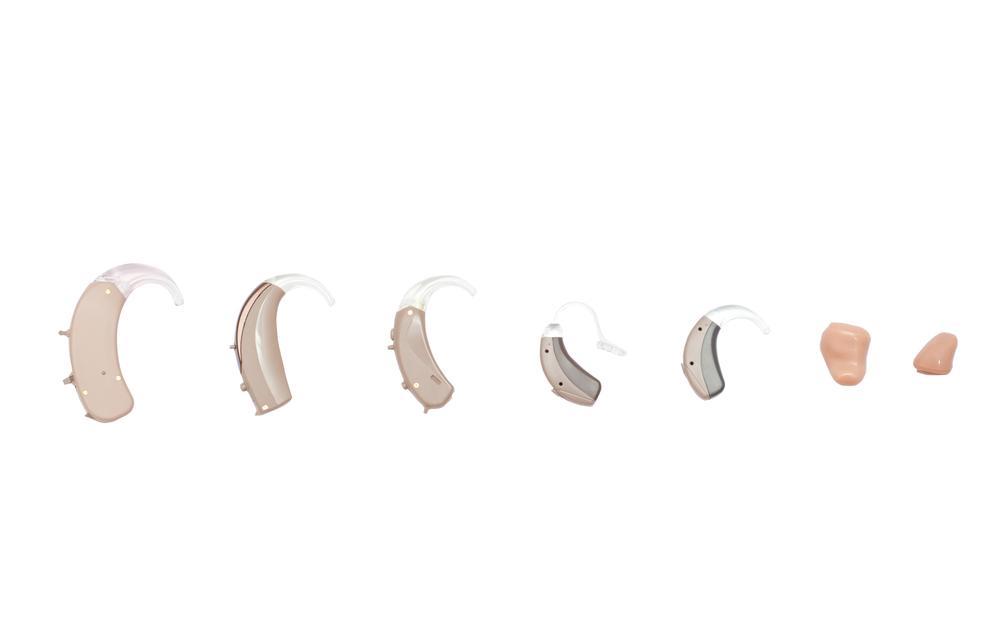Key Considerations When Choosing Hearing Aids
Explore essential factors for selecting the right hearing aids, including types, features, customer ratings, and costs. Make an informed choice to improve your hearing and quality of life with modern, advanced devices tailored to your needs. This guide helps you navigate options with confidence, considering technological features and budget considerations for optimal hearing enhancement.
Key Factors to Keep in Mind When Selecting Hearing Aids
Did you know that around 48 million people in the country experience some form of hearing impairment? Most of these individuals are seniors. Research has indicated a connection between hearing loss and other health issues like concentration difficulties, memory decline, depression, and even dementia. Fortunately, modern hearing aids offer an effective solution. With advancements in technology, these devices are now small and user-friendly. However, choosing the right model can be challenging with so many options available.
To assist you in making an informed decision, here are essential factors to consider before purchasing hearing aids.

Type of Hearing Aid
The suitable type of hearing aid depends on the degree of your hearing loss. An audiologist can recommend the best option. For minor loss, in-the-canal devices are often enough. Moderate loss may require in-the-ear models, while severe impairment might necessitate behind-the-ear or receiver-in-canal options. Regardless of your choice, ensure the device has essential features and positive user reviews.
Features and Functionality
High-quality features enhance hearing performance and comfort. Important features to look for include:
Telecoil: Many modern hearing aids come with a telecoil, which wirelessly transmits magnetic signals from compatible phones and public address systems, improving speech clarity in noisy settings.
Directional Microphone: This feature amplifies sounds from the front, making conversations clearer in loud environments. It adjusts automatically depending on surroundings but may pick up wind noise.
Feedback Reduction: Also known as digital whistle suppression, it minimizes high-pitched squeals, especially when the device shifts position or during phone use.
Noise Reduction: Digital noise reduction filters aim to reduce background sounds, making speech easier to understand, though effectiveness varies by environment.
Many advanced models also include features like wax guards, wireless connectivity, low battery alerts, manual and automatic volume controls, data logging, and direct audio input for connecting with electronic devices. High-end models may also offer Bluetooth streaming for music and call handling.
Customer Ratings
With numerous hearing aid models available, checking customer reviews helps identify reliable options. Look for insights on performance, comfort, battery life, and cost on manufacturer websites or retail platforms. Expert reviews can also guide your choice. Leading brands include Phonak, ReSound, Starkey, Widex, Bernafon, Signia, Unitron, Oticon, and Hansaton.
Cost Considerations
Hearing aids have become more expensive over recent years, usually ranging from $3,000 to $8,000 per pair. While Medicare covers diagnostic testing, it does not reimburse device costs. Veterans Administration benefits may cover expenses if hearing loss results from service or related health conditions. Additionally, nonprofits such as Sertoma, The National Hearing Aid Project, and Hear Now assist seniors with costs. Health Savings Accounts (HSA) or Flexible Spending Accounts (FSA) can also be used to offset expenses.










